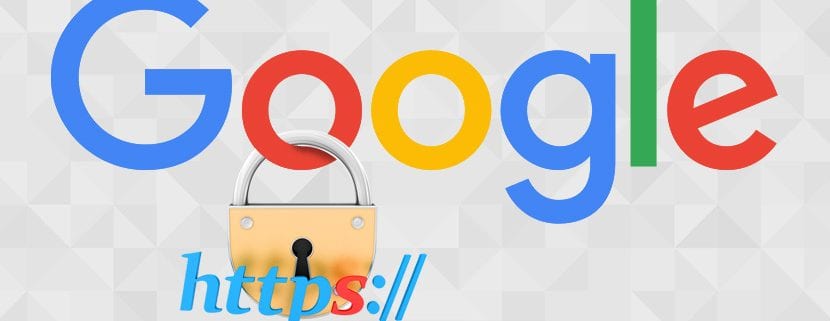
8 Tips on Social Media Best Practices For Your Business
Why are social media best practices important? Social media has become a staple in our lives and popularity rules in this environment. It has become such an addiction that teens spend over 9 hours a day going through their social media pages. Social media is a tool that both individuals and businesses can manipulate to get the audience for their causes. Social media is a great tool for attraction marketing. Most business owners nowadays practice strategies aimed at optimization of social media platforms. Content displayed on social media platforms measures the response you get from your target audience just by the likes or dislikes you get.
We want you to get the most out of your social media platforms by enforcing these social media best practices. You will learn the secrets behind engaging and maintaining a media presence with loyal followers.
Social Media Best Practices
1. Keep an active presence
We all know that if you are inactive in social media in this digital world, you are irrelevant. Be active! Engage your audience, tell them about your brand story and show them snippets of what the brand represents. Remember however, not to disclose irrelevant information about your brand. There have been cases where too much information has overwhelmed audiences. It is important to explore all the possible avenues to let the world know why your brand is cool.
2. Keep interest
Now that you have gained a loyal following, show interest in your fans! When they reach out to you, follow back and always give personal feedback. This creation of goodwill will serve only to increase your brand’s following, earn you some popularity ratings, and maybe add revenue to your purse. Remember to thank your fans for keeping up with your venture. A brand based on humility and an understanding nature is always appreciated.
3. Concise please
We all love a good post, but if it is too long we get bored in the middle. According to a statistical review conducted on the strategies of effective tweeting, shorter tweets received 17% more following than long tweets. Although other sites do not limit your word count, you should keep in mind to pass your message in the intent you aimed it for.
4. Maintain your tone
What is your preferred tone, are you more of the serious, focused kind or the more casual faithful one. What message are you trying to pass along? Who is your demographic and what tone do you need to engage in to make them pay attention? You need to make them feel like they are part of your brand and your journey. Think about it.
To learn more about messaging read Share Your Message With A New Brand Strategy.
5. Know when to evoke silence
Sometimes media related war comes your way. It is crucial to identify which battles to fight and which ones to fold. You do not have to engage in all conversations involving your brand. If it’s a controversial topic that may not reflect the brand values, do not engage. Reviews have taken down businesses. Always try acting like “the gentleman” when it comes to social media.
6. Transparency helps
Honesty is the policy and the truth shall set you free. When it comes to social media, lies are a great faux pas. Remember that inclusion is important. Share live streams, create audios and videos that will help your followers stay in touch with brand your activities and updates.
7. Overshare faux pas
Please avoid being pushy or attending to the public’s frivolous whims. Remember that you cannot please everyone. Social media best practices call for precise, goal oriented messages. Posting too often mat look desperate and distracting.
8. Correct timing
Every social media platform has unspoken rules on when and how often to post. For Facebook, there is the famous, post twice a day rule depending on the number of followers. In Twitter, for maximum brand optimization, 1-5 tweets a day are efficient. If you are just looking for opinions, you can tweet till you fall. What usually matters in Instagram, is sticking to the consistency of the amounts you post. You cannot change from 10 posts a day to one in every two days and not see a drop in numbers.
All said and done, do have an interesting social media life and enjoy it to bits!
















